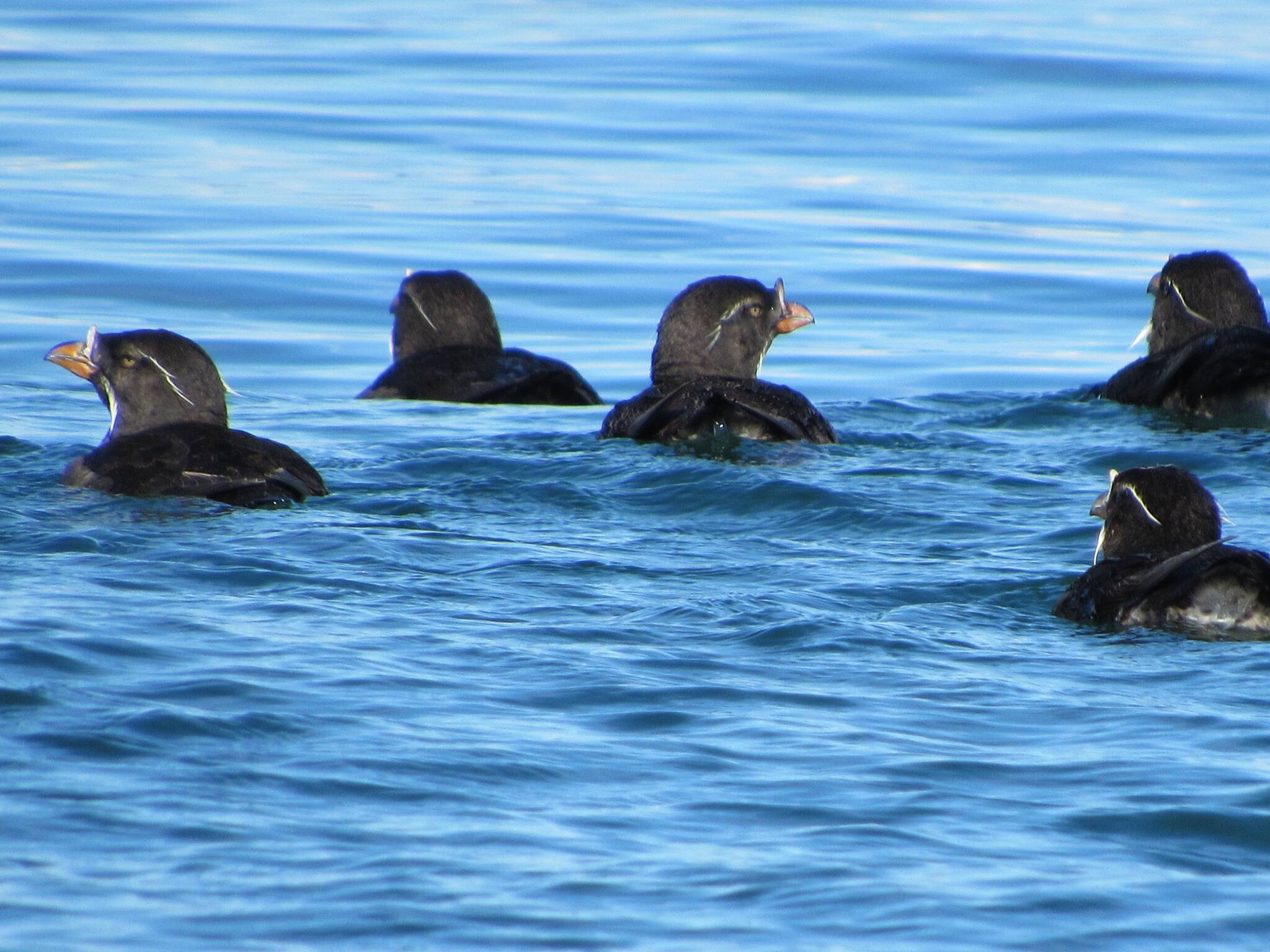Submitted by Russel Barsh Director of KWIAHT
A two-year study of contaminants in locally caught forage fish confirms the presence of pyrethroid pesticides, the most common active ingredient in home and garden products sold in the San Juan Islands including “knock down” sprays and carpenter ant treatments. Supported by the Rose Foundation’s Southern Resident Orca program, the study focused on Pacific Sand Lance, a keystone prey species for seabirds as well as Chinook salmon. Sand lances make up nearly half of the diet of juvenile Chinook salmon as they migrate through the islands each summer, and are also a large part of the diet of resident Blackmouth salmon, which historically provided the basis for Southern Residents to remain in the Salish Sea year-round.
At this stage it is unclear whether the levels of pesticides seen in sand lances are sufficient to interfere with their growth and reproduction. Chinook salmon and seabirds such as Tufted Puffins, Rhinoceros Auklets and Marbled Murrelets that prey heavily on sand lances may be more at risk as they accumulate toxicants from their diets over many years.
An intriguing sidelight of the Kwiaht study is a finding that sand lances collected closest to Admiralty Inlet, the entrance to Puget Sound, were on average twice as contaminated with pyrethroid pesticides as sand lances collected on the north side of San Juan County closest to the Fraser River plume. It would not be surprising to find that Puget Sound marine food webs are more heavily contaminated with these home and garden compounds, in light of the relative size of human populations and volumes of water flushing large population centers.
In addition to pyrethroid pesticides, the Kwiaht study assessed the concentration of PCBs and phthalates (industrial plasticizers and emulsifiers) in local sand lances. These compounds are much more widespread and persistent than pyrethroid pesticides, and less under the control of local consumers. Phthalates raise particular concern because their molecular structure may make them estrogenic endocrine disrupters, which have been shown elsewhere to disrupt the normal development of reproductive organs in fishes.
Questions remain about how everyday pesticides used in the islands get into the marine food web. We know that rain runoff transports contaminated soil particles to nearshore waters, but the link to forage fish diets is unclear. Kwiaht researchers have found that sand lances target large marine copepods that seasonally move between the seafloor and the surface; this suggests a potential transport mechanism. Herring also devote some of their foraging effort to worms and small crustaceans on the seafloor.
Another possible route involves contaminated insects killed or sickened by pesticides. Juvenile Chinook have been found to feast on drowned swarms of midges and winged ants in late summer, which may be contaminated. A preliminary study by the Kwiaht laboratory found traces of pyrethroids in bat guano from San Juan and Lopez Islands, presumably from insects that were exposed to sub-lethal doses of these pesticides.
Regardless of the pathways involved, it is clear that consumers should use less pyrethroid pesticide, and use these products more carefully where they are less likely to end up in surface water runoff, streams, or beaches.
The Kwiaht study made use of biomedical immunoassays to reduce costs and explore the feasibility of monitoring contaminants in forage fish on an annual basis to see whether conditions improve—for example, as a result of consumer activism. Kwiaht researchers hope to train staff and volunteers of community conservation organizations elsewhere in the Salish Sea to do their own toxic-loading studies, and to target local sources of contaminants that accumulate in forage fishes that feed salmon and killer whales.




